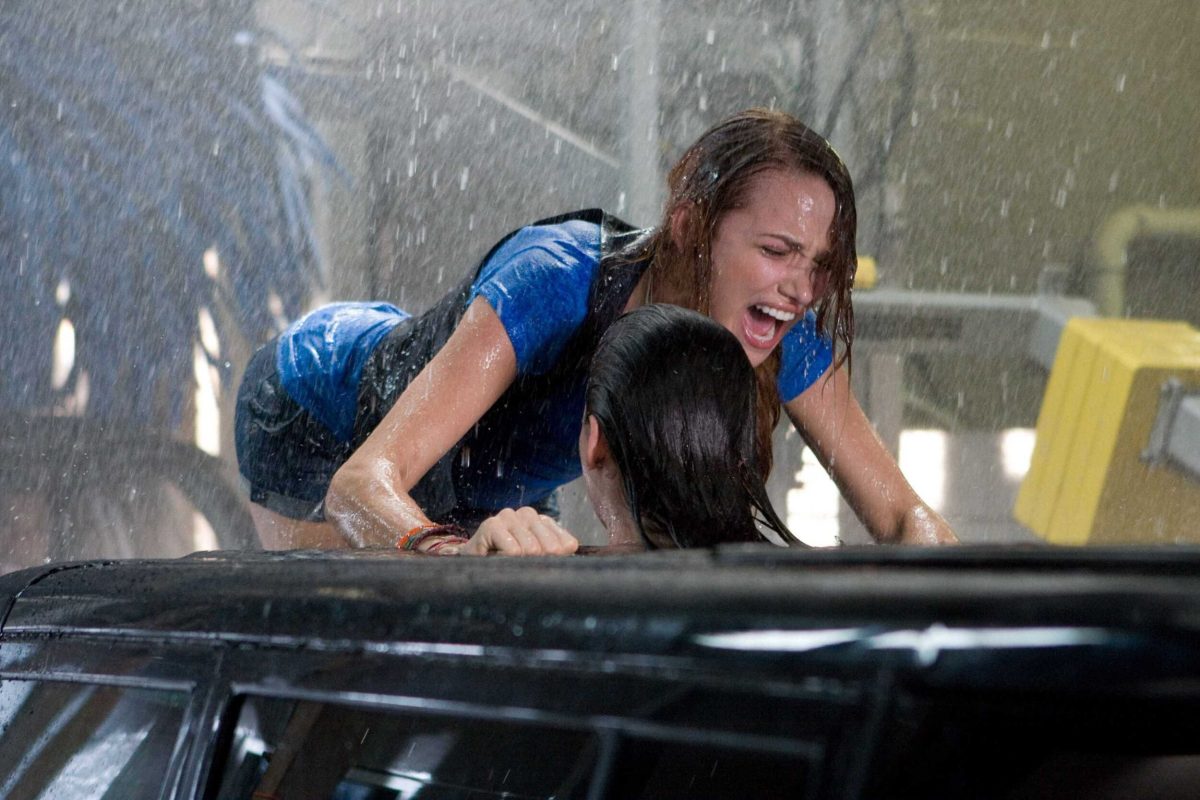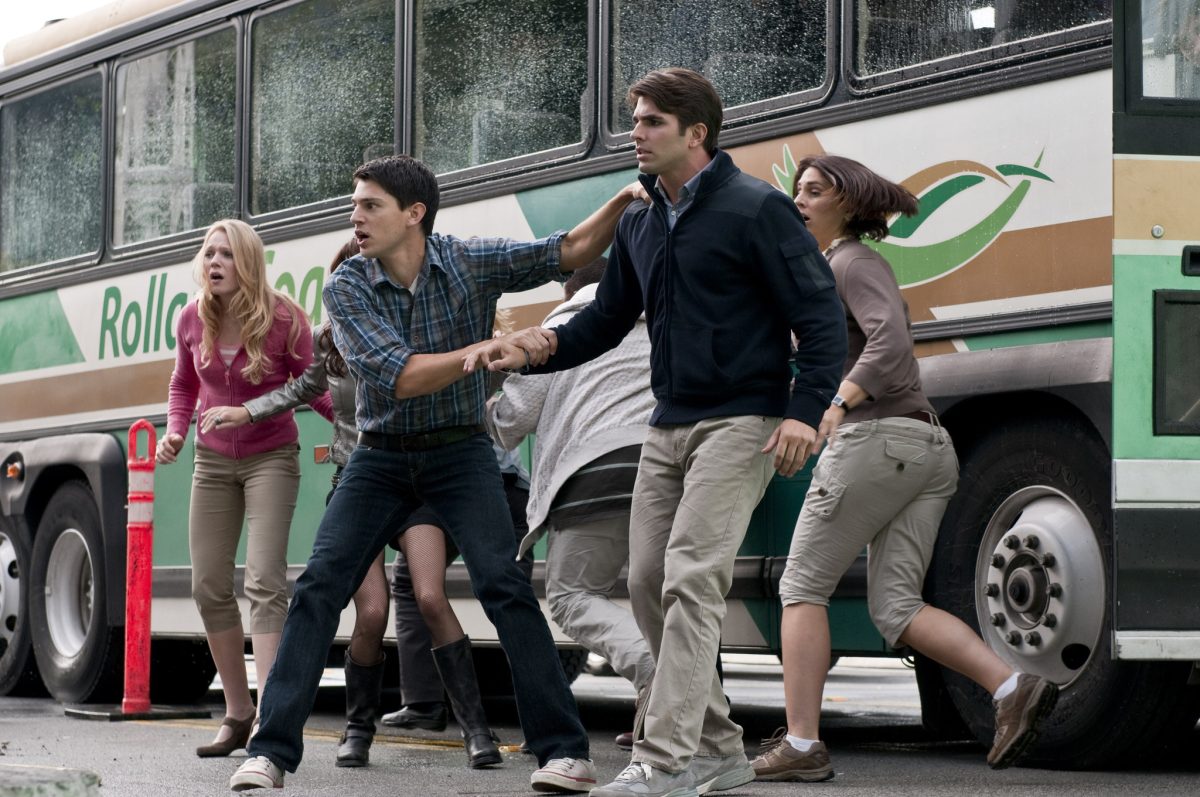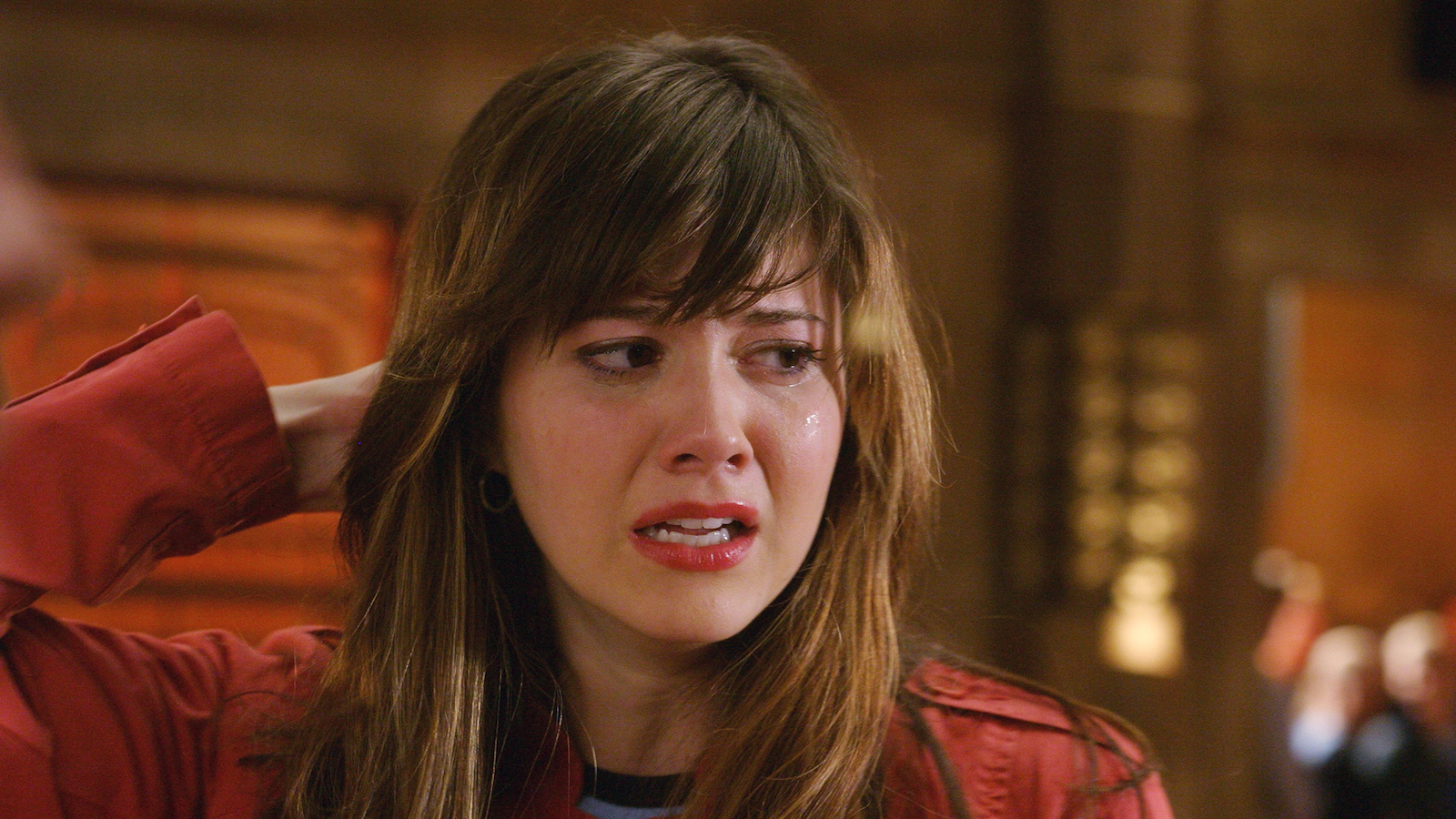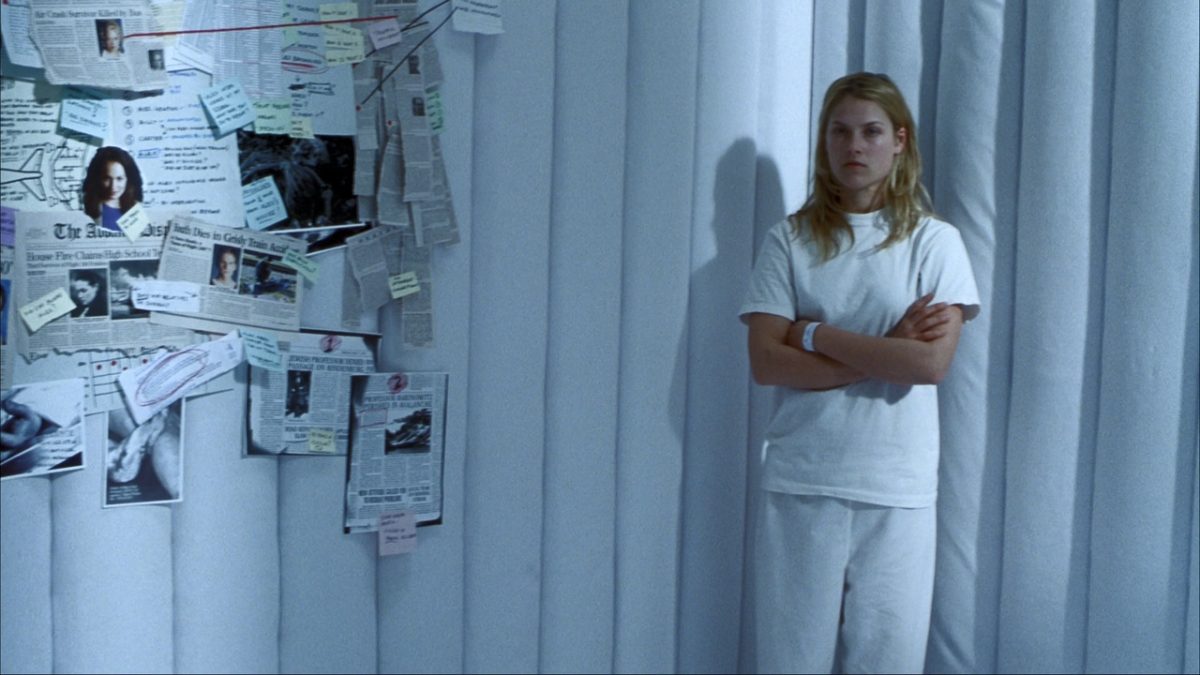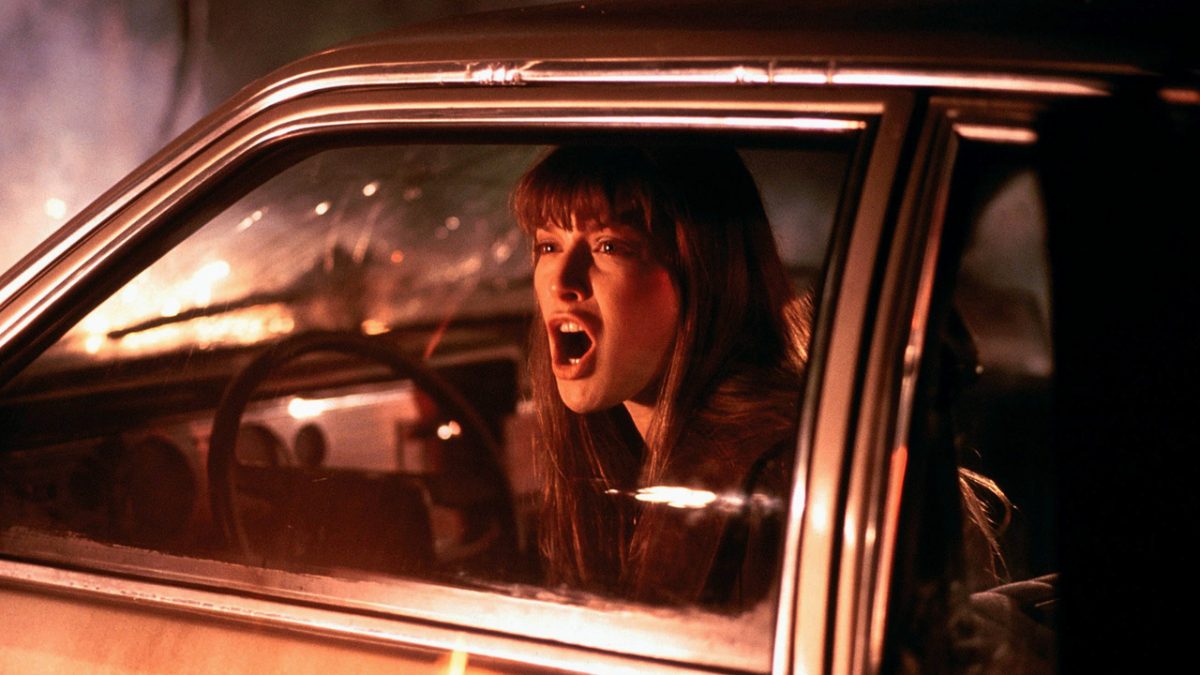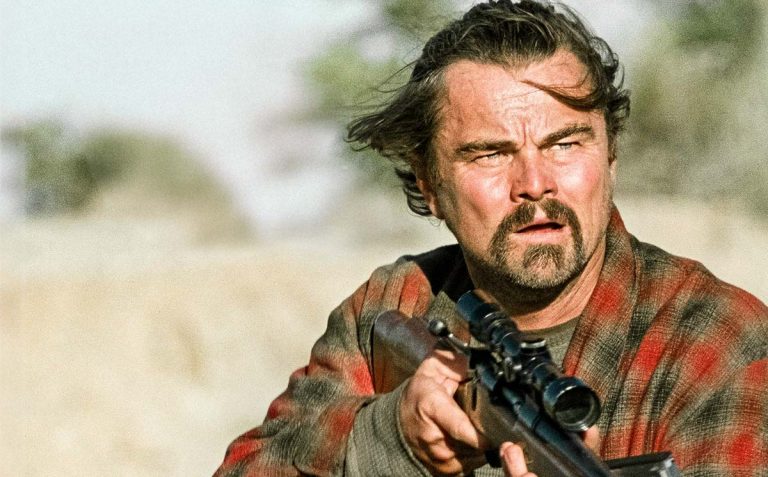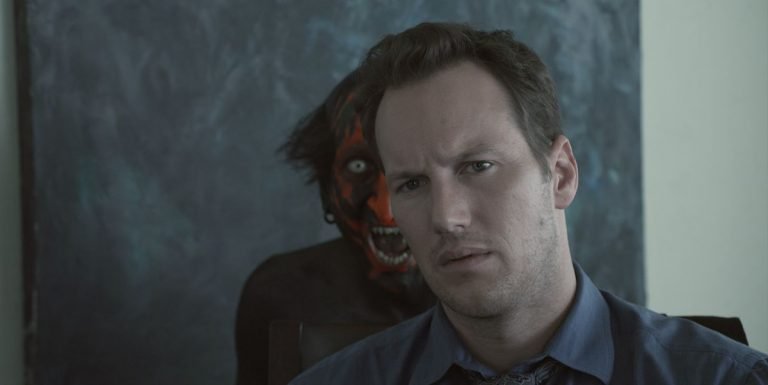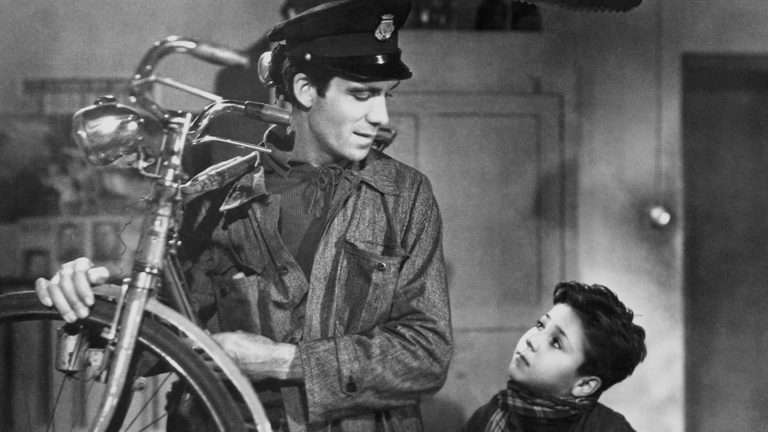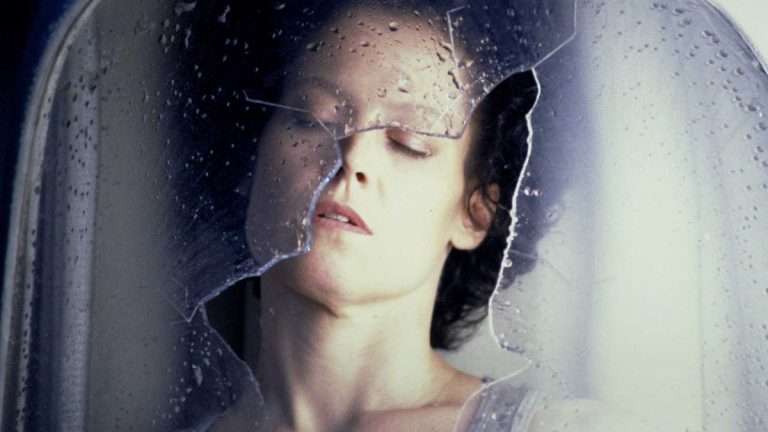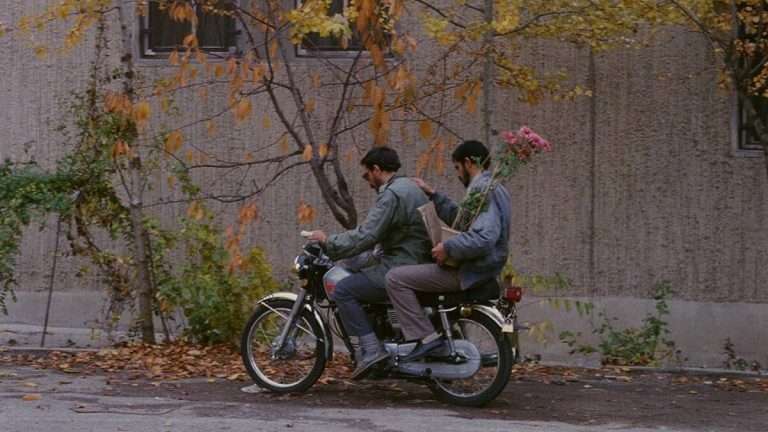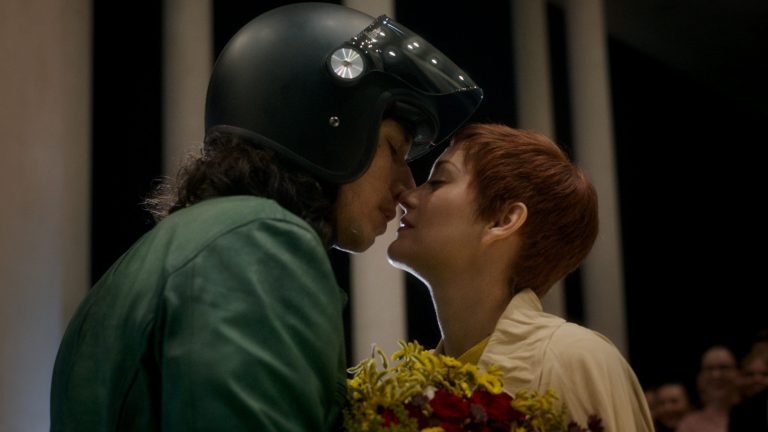Who could’ve predicted that Final Destination movies would make a comeback in 2025? Over the years, the franchise has carved out a unique space in pop culture, revered for its outrageous death sequences, tongue-in-cheek tone, and the haunting idea that you can’t cheat death. Yet when “Final Destination: Bloodlines,” the sixth installment in the long-running series, hit theaters this month, it caught both fans and critics off guard. The film earned glowing reviews on Rotten Tomatoes and soared at the box office during its opening weekend.
Its timing couldn’t be more uncanny. With unsettling news around freak weather patterns, public safety failures, and air traffic control errors dominating headlines, “Bloodlines” tapped into a fresh wave of collective anxiety. In a world increasingly defined by uncertainty, the movie resonated deeply, delivering thrills that felt both timely and terrifying.
Still, the return of Final Destination doesn’t feel entirely out of place. Post-pandemic cinema has seen a resurgence of genre films that thrive in the midnight-movie space—stories where horror, body gore, and dark humor intersect. While some may have questioned the franchise’s relevance in recent years, the subgenre it helped popularize has only grown stronger. These films thrive on our fear of the random, the unavoidable, and the absurd fragility of life.
In this list, we rank all six Final Destination films from worst to best—not just by the ingenuity of their death scenes, but also by their direction, storytelling, thematic weight, and cultural resonance. After all, the most memorable entries aren’t just about shock—they reflect the anxieties of the times in which they were made. Brace yourself—some of these picks might be deadly controversial.
6. The Final Destination (2009)
It’s hard to find a more universally agreed-upon ranking in this franchise than placing the fourth installment squarely at the bottom. “The Final Destination” was originally marketed as the concluding chapter, but instead, it nearly buried the series under a wave of lackluster execution and outdated gimmicks. The heavy-handed use of 3D—a popular trend at the time—felt more like a distraction than a creative enhancement, reducing what could have been chilling sequences into hollow spectacle.
The setup, involving survivors of a racetrack disaster, promised chaos but delivered a watered-down version of what made earlier entries memorable. The deaths here lack the inventiveness and tension fans had come to expect, and outside of the escalator mishap, which flirts with the franchise’s trademark absurdity, most of the sequences fall flat.
Even worse are the characters, who come across as lifeless and forgettable, even by horror standards. With no one to root for and nothing clever to anchor the dread, “The Final Destination” feels like a franchise on autopilot. Its failure to bring anything fresh or thrilling makes it the weakest and least engaging entry in the series.
Also Read: Final Destination Bloodlines (2025) Movie Review
5. Final Destination: Bloodlines (2025)
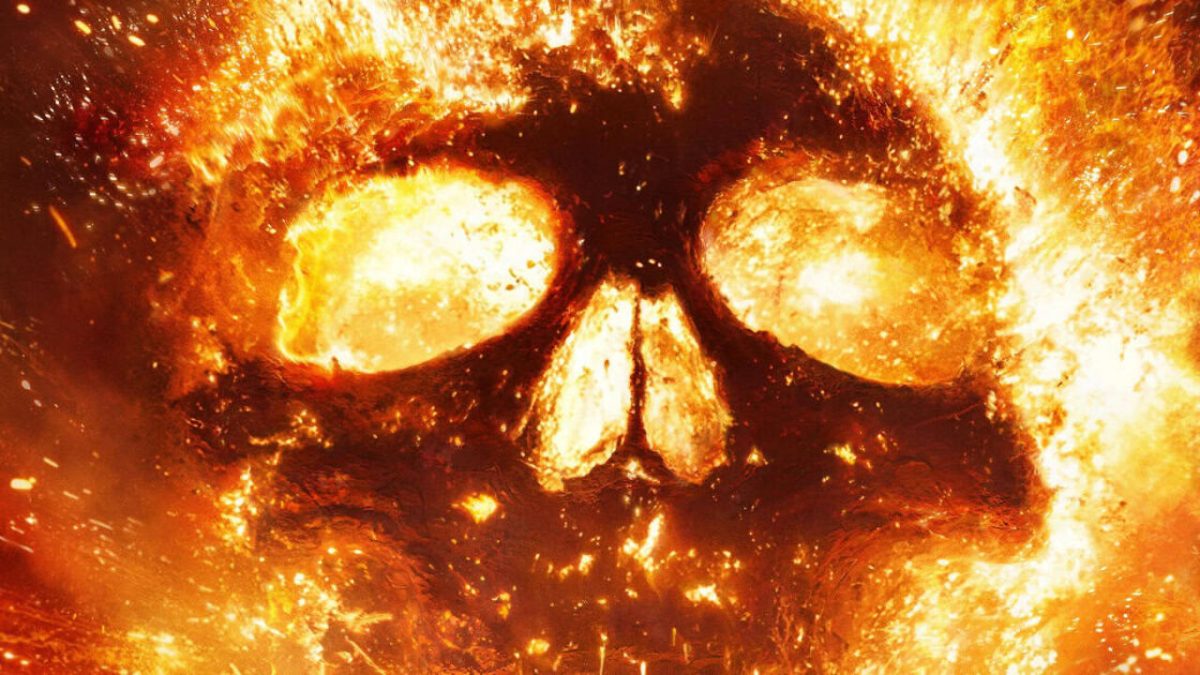
Reviving a horror franchise over a dozen years after its last installment is no easy feat. A successful comeback either deepens the mythology within established rules or leans into self-aware chaos, offering fan service and fresh faces to cheer for. “Final Destination: Bloodlines” attempts to do both, but with mixed results. While it ambitiously expands the series’ lore by introducing new mechanics to Death’s design, it does so at the expense of the franchise’s signature: a consistent flow of shocking, over-the-top fatalities.
Make no mistake—the few kills we do get are impressively staged and packed with the kind of darkly inventive flair fans crave. But the film leans so heavily into retconning and lore-building that its pacing starts to suffer. The narrative gets bogged down by convoluted twists and exposition-heavy scenes that drain the tension rather than build it.
To its credit, “Bloodlines” offers a surprisingly emotional farewell to the late Tony Todd, adding a layer of sentimentality not often found in the series. However, by prioritizing complexity over chaos and mythology over mayhem, the film feels bloated and uneven. It’s the most ambitious Final Destination entry—but also, unfortunately, one of the most exhausting.
4. Final Destination 5 (2011)
After the misstep of its predecessor, “Final Destination 5” felt like a shocking return to form, and fans welcomed it with open arms. Released in 2011, this entry reminded audiences why the franchise worked in the first place: tightly constructed suspense, imaginative death sequences, and a darkly comedic edge. Compared to the cheap, TV-movie aesthetic of “The Final Destination”, this installment was a cinematic upgrade in every sense.
The kills here are some of the most memorable in the series, thanks to a renewed focus on tension-building and visual storytelling. From the anxiety-inducing LASIK eye surgery scene to the brutal gymnastics accident, the film masterfully blends disbelief with dread. Clever editing—particularly its use of crosscutting—ramps up the suspense, keeping viewers on edge while still delivering the franchise’s signature splatter-fueled payoff.
A notable shift comes in the form of its characters: rather than relying on high school clichés, “Final Destination 5” centers around young professionals, lending a slightly more mature tone. And then there’s the ending—ingeniously tying back to the original film in a twist that not only surprises but retroactively elevates everything that came before it. Smart, stylish, and satisfyingly grim, “Final Destination 5” proved the franchise still had plenty of life—and death—left to offer.
3. Final Destination 3 (2006)
Widely regarded as delivering the most gripping opening disaster in the Final Destination franchise, “Final Destination 3” sets the bar high with a chilling roller coaster premonition that perfectly captures the film’s suspenseful tone. Leading the charge is Mary Elizabeth Winstead, whose performance brings a refreshing depth to the series and elevates the emotional stakes beyond what previous entries achieved.
From the unforgettable amusement park calamity to the infamously harrowing tanning bed sequence, the film taps into everyday fears and transforms them into creatively twisted death scenes that still resonate with fans today. Under the promising direction of returning filmmaker James Wong, the movie embraces its darkly absurd premise with a knowing wink, cementing its place as a cult favorite. Its blend of inventive kills and self-aware storytelling ensures “Final Destination 3” remains a standout in the horror genre and a vital piece of 2000s pop culture. Perhaps the only weak link that keeps it from being among the top two entries here is its rushed and somewhat cold final act.
2. Final Destination 2 (2003)
The brilliance—and brutality—of “Final Destination 2” lies in how it amplifies the franchise’s core fear: that death is not only inevitable, but intimately woven into the ordinary. As the most psychologically scarring installment for an entire generation of moviegoers, the film sears itself into memory with its legendary highway pile-up sequence, making every log truck on the road a lingering source of dread. From malfunctioning elevators to exploding grills, the sequel to the original weaponizes the mundane with surgical precision, transforming everyday life into a minefield of anxiety.
Directed by stunt expert David R. Ellis, the film benefits from his sharp eye for elaborate set pieces and high-octane pacing. FD2 builds on the original’s mythology while pushing the franchise into darker, more visceral territory, balancing grotesque death scenes with a macabre sense of humor. The result is a masterclass in suspenseful escalation that doesn’t just honor the spirit of the series, but perfects it in ways few sequels ever manage to achieve.
1. Final Destination (2000)
Horror has always mirrored the collective psyche—an ever-evolving reflection of our anxieties, societal tensions, and most personal fears. At the dawn of the 21st century, Final Destination emerged not as just another slasher but as a genre-defining pivot point. Instead of a knife-wielding killer, the film introduced ‘death’ itself as the villain—abstract, invisible, and inescapable. Glen Morgan and James Wong subverted the traditional formula by orchestrating intricate, freak accidents that felt uncomfortably plausible, leaving audiences haunted by the idea that danger could strike from anywhere, at any time.
With a charismatic young cast and a moody, psychological undertone, the first film carved its niche by grounding its horror in emotional trauma and existential dread. It wasn’t just about shocking deaths; it was about watching fate tighten its grip, one terrifying moment at a time. While later installments ramped up the spectacle with more elaborate kills, the original retains a haunting simplicity and thematic weight. From the explosive airplane premonition to the infamous bus jump scare, it set the tone and rules for everything that came after. Even its slightly campy climax—complete with rogue sparks and improbable escapes—only adds to its charm as the origin of a horror legacy.

